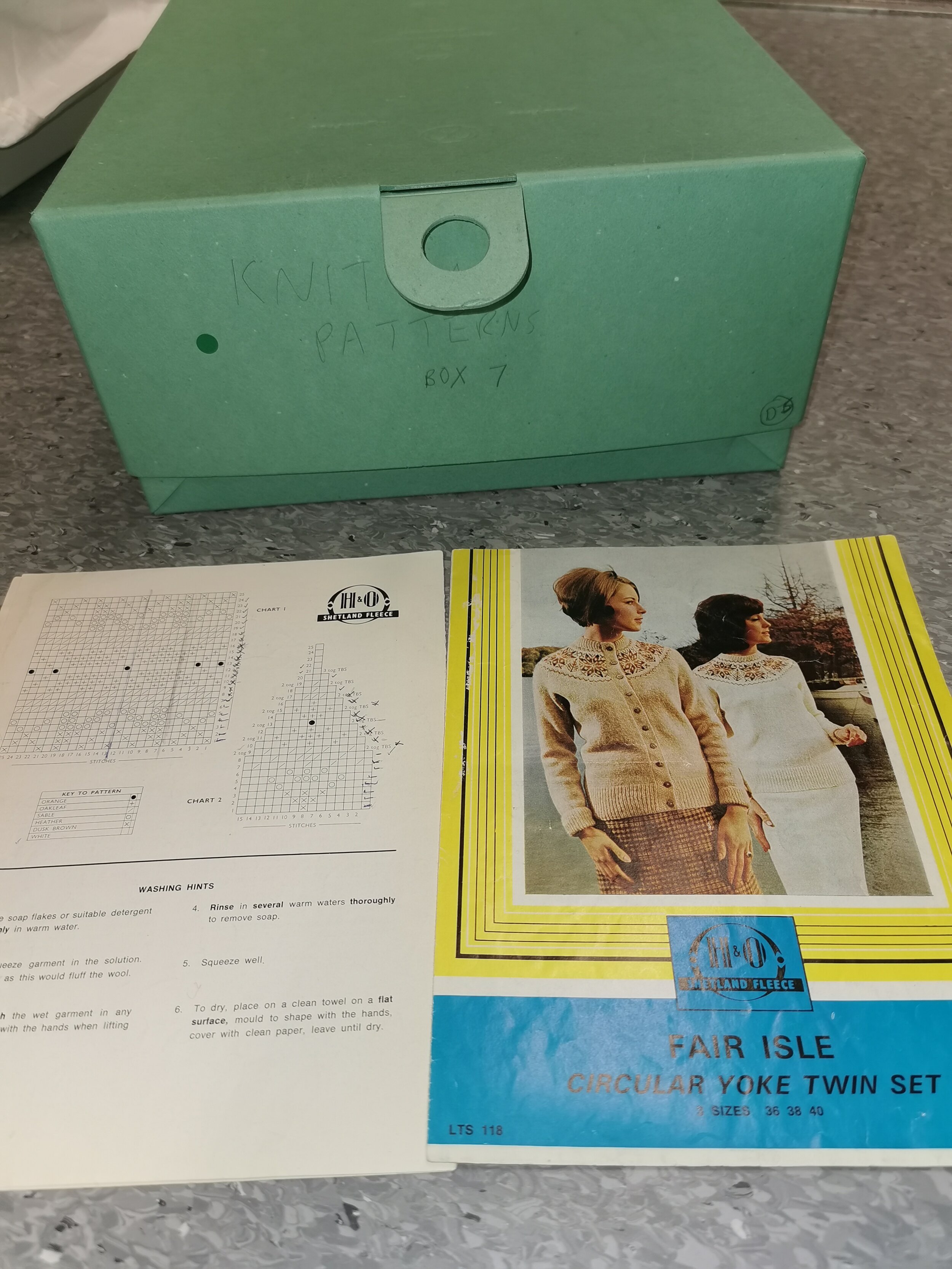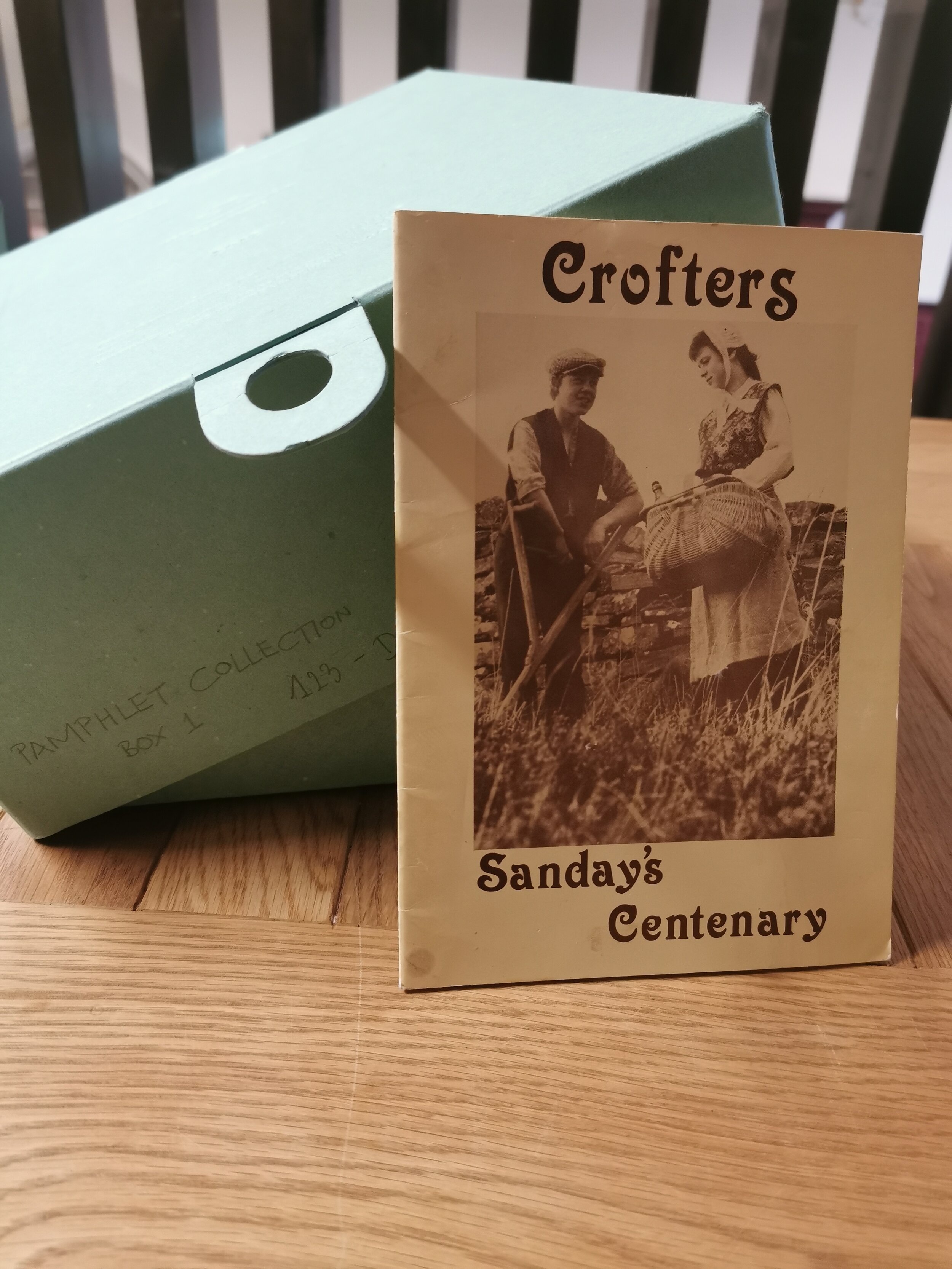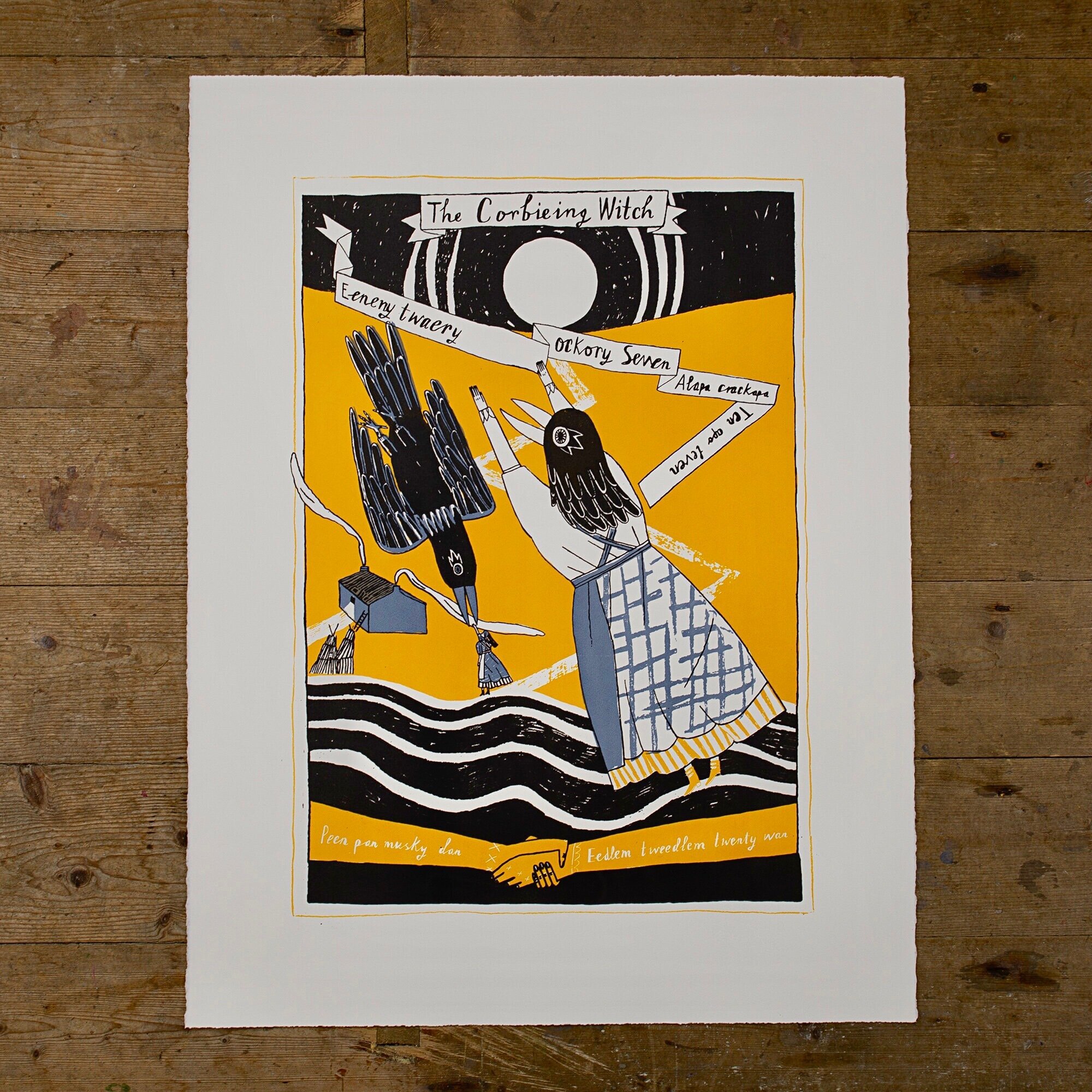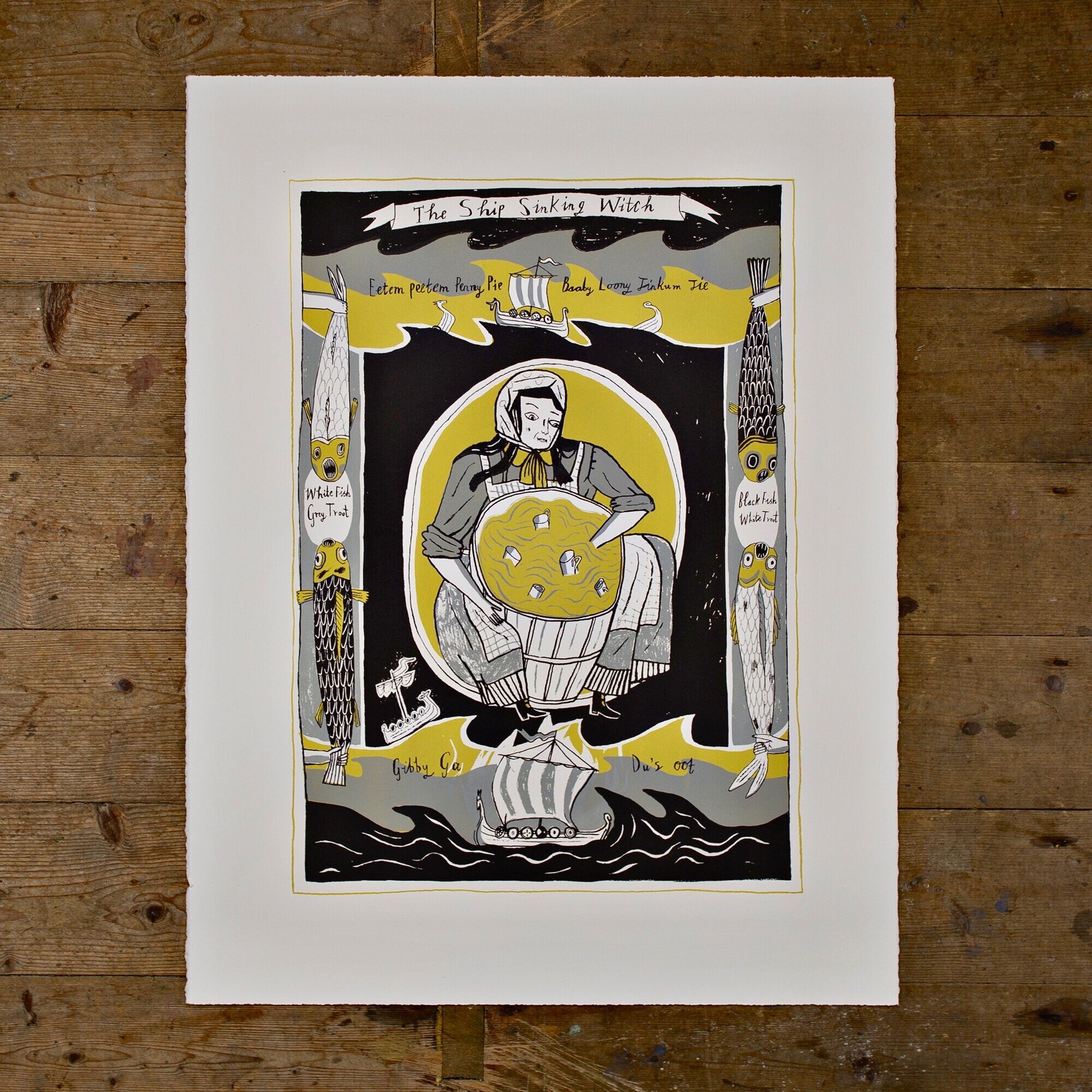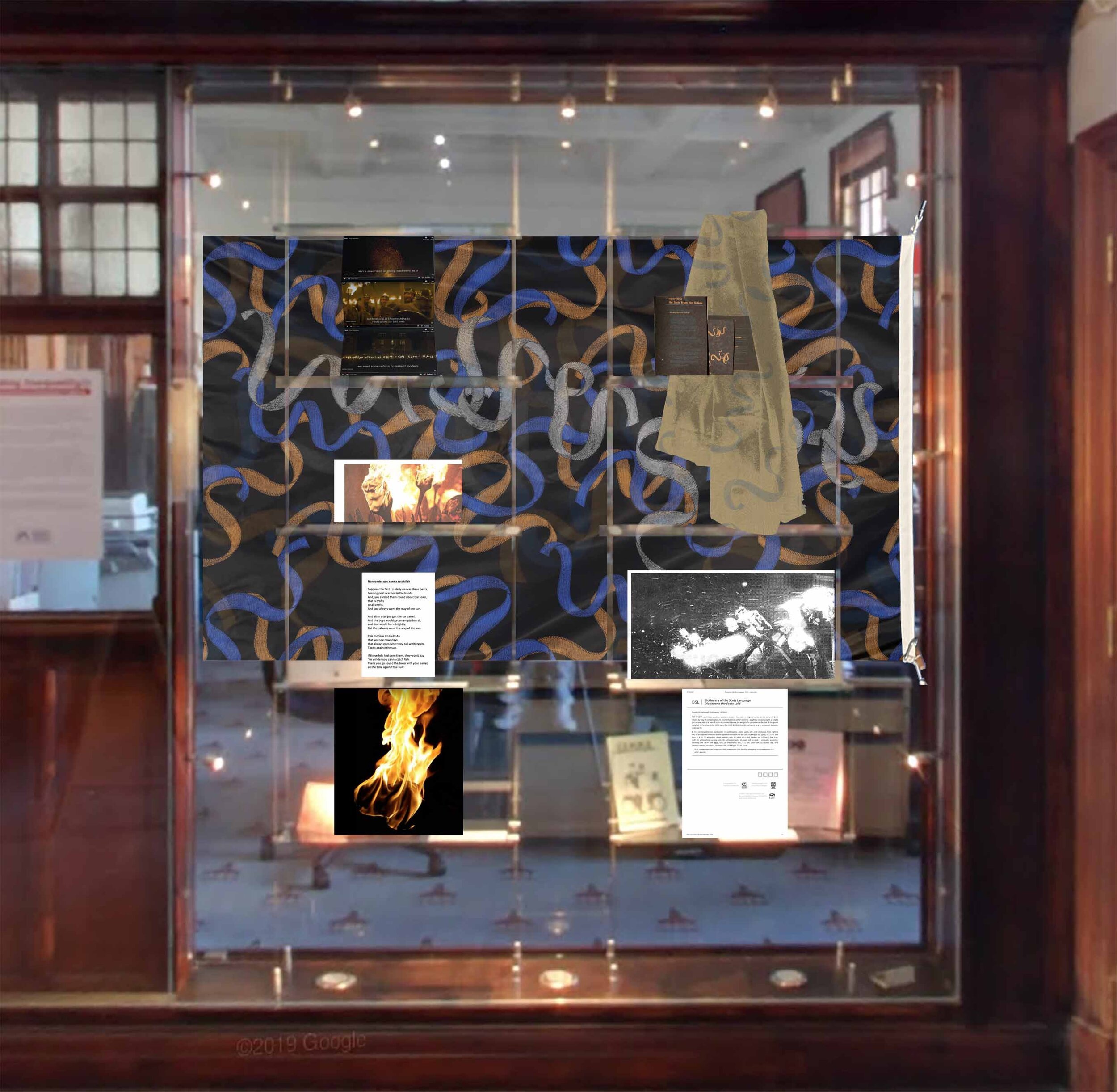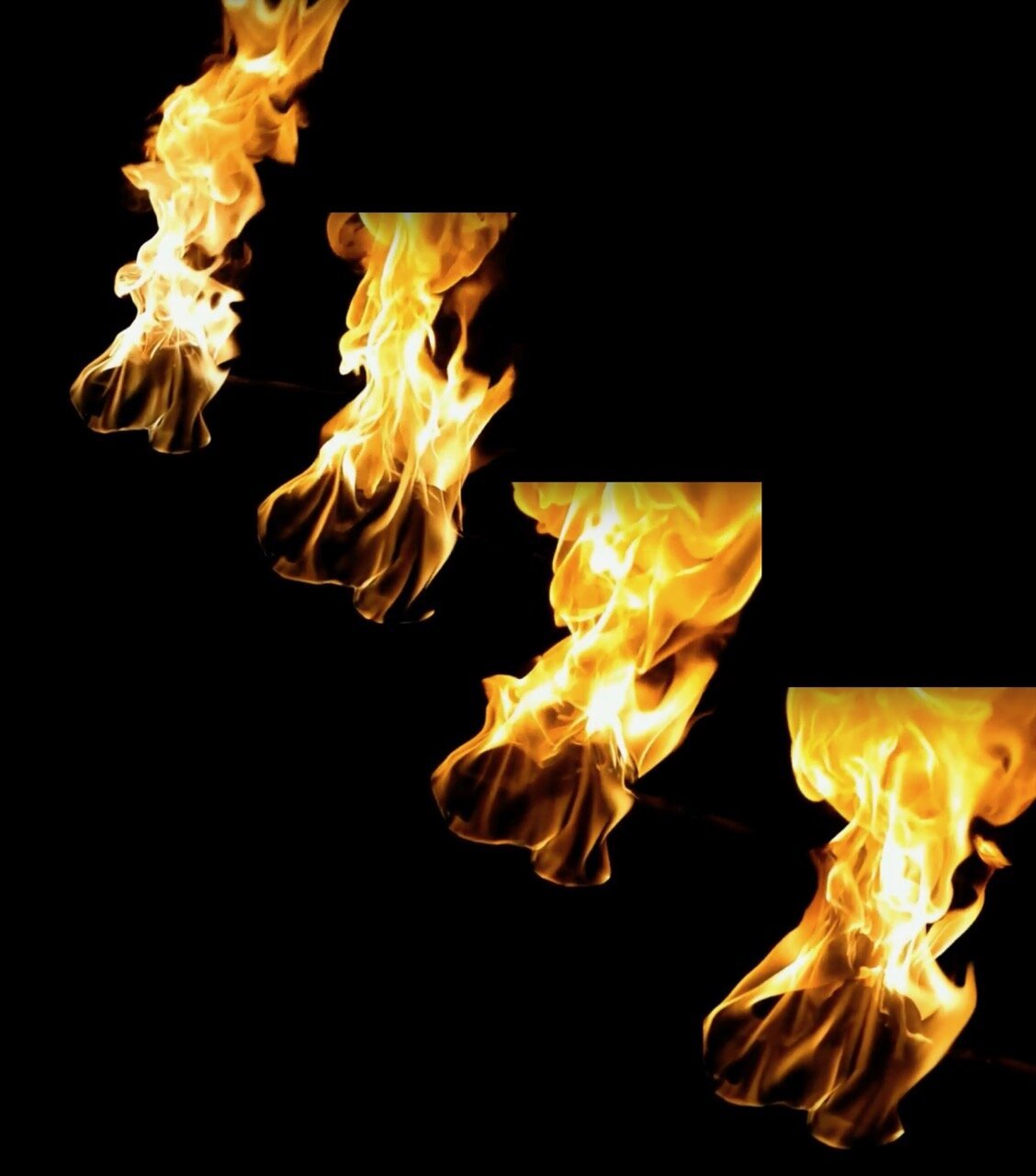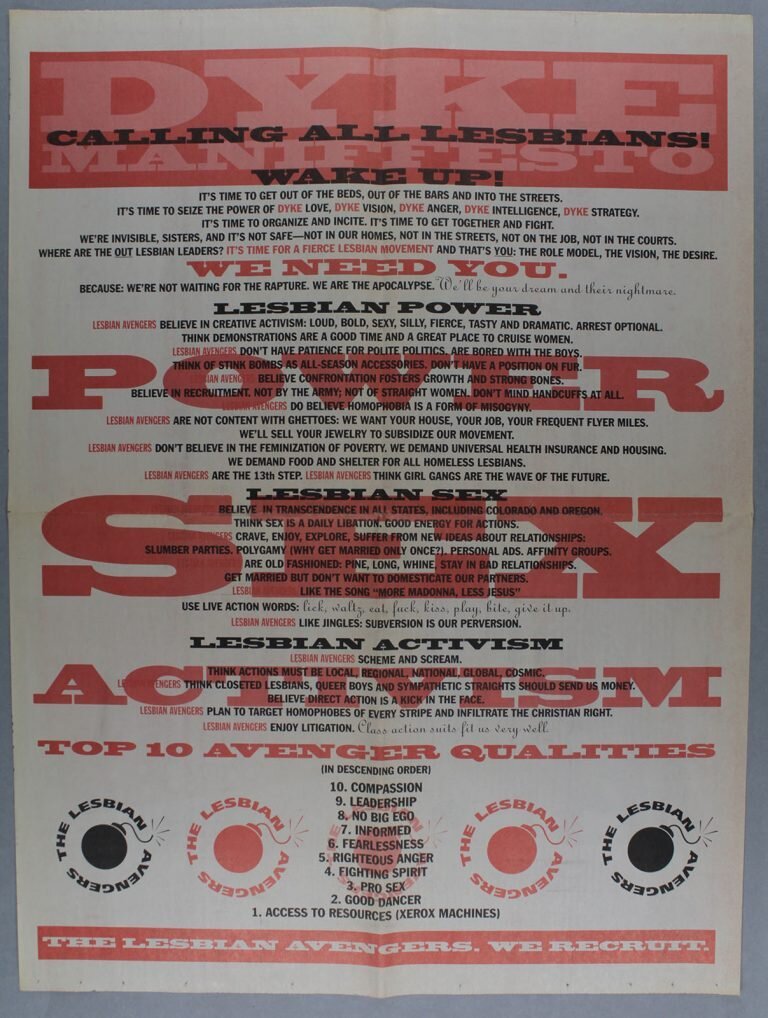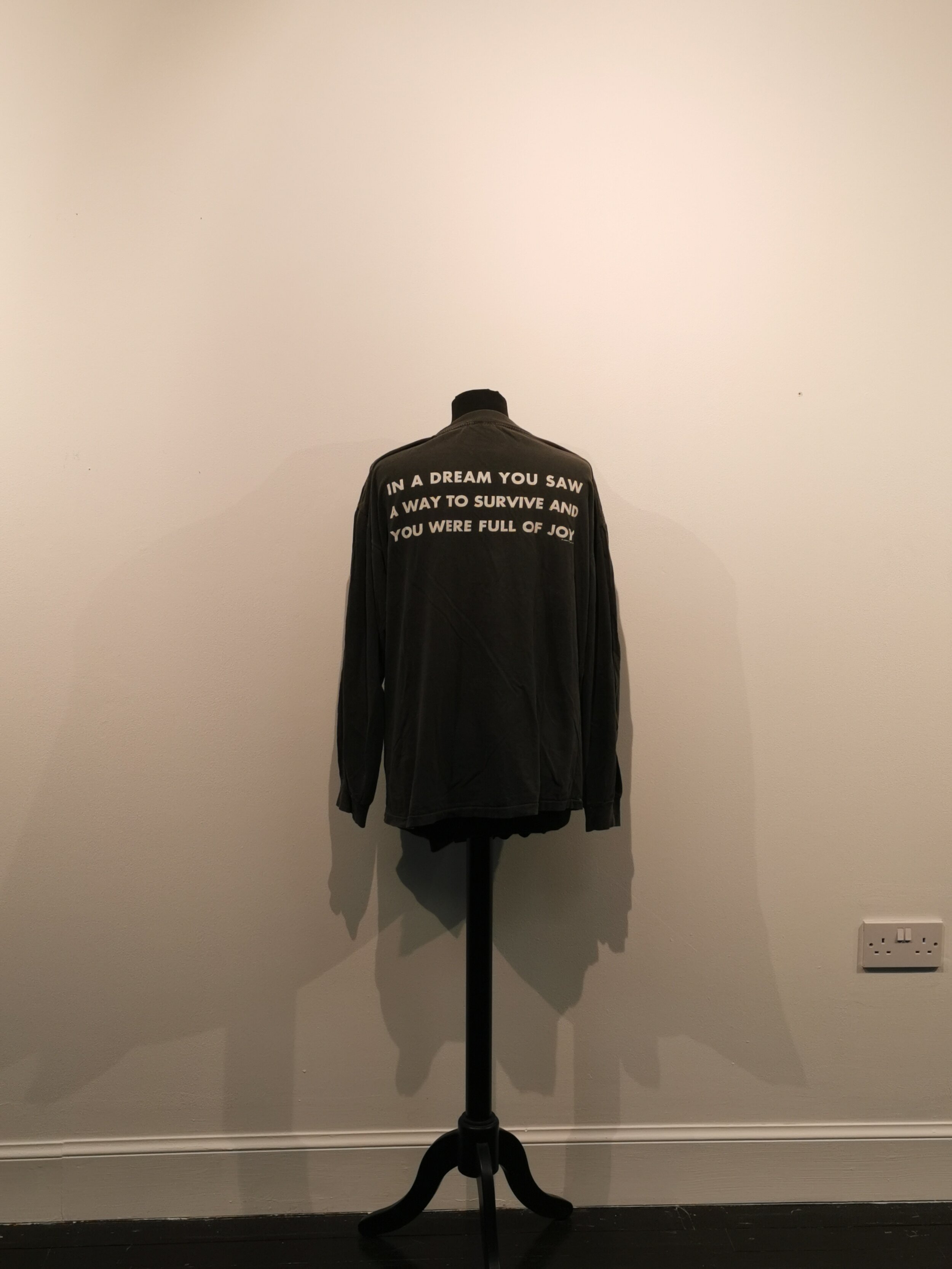Pairing Art with Archive Objects
One of the most vital aspects of Gaada’s 2020/21 visual art programme Weemin’s Wark, was a new partnership with Glasgow Women’s Library. This partnership provided Gaada with valuable guidance and support from one of Scotland’s most dynamic art organisations as we developed our community programme over the past year.
It’s been a total joy and honour to learn from so many of GWL’s fantastic staff – particularly Caroline Gausden, Development Worker for Programming and Curating.
Caroline has thoughtfully paired work by artists Hannah Harkes, Brooke Palmieri, Holly Graham and Isabel Greenberg with objects carefully selected from the vast archive at Glasgow Woman’s Library. In doing so, Caroline has created a space where stories of activism from different places and times come together, and extend their solidarity to the artists and activists who have been working on this project over a long distance.
It was our original intention for these objects to have been displayed alongside each artists work throughout the exhibition at Glasgow Women’s Library, which was due to open last month. Like many things, the pandemic has caused us to postpone the exhibition, and so we have created this virtual space to share ‘Pairing Art with Archive Objects’.
So, imagine you are wandering around the powerful library – taking it all in, with a very special tour guide, and curator – Caroline!
HANNAH HARKES
‘After a really interesting chat with Hannah she gave me some keywords that helped guide my search for things that would resonate with her work in our archive:
Ideas of soft strength, flexibility, non-verbal activism, collaborative work, power in nature and in the land.
As I was listening to Hannah choices came to me very quickly. I started with a quite literal image of wool threads woven together that references the form of Hannah’s work.
This is from part of our archive where we hold extensive knitting patterns – and these are from a variety of sources from individual women donating to larger organisational collections. It’s not an element of our collection that I know huge amounts about but we are lucky that within our volunteer community we do have considerable expertise. I went to our volunteer Becky Male, who will be hosting an open archive on collection in March, was able to give me some more context for the collection which helped with my selections for Isabel as well.
The individual figures on each one of Hannah’s beautiful risograph ‘tiles’ are held together by a kind of soft, wiggly line that connects them. There are a lot of threads to Hannah’s thinking on wool. One is that, with tradition being such an important argument at the heart of the customs and exclusions that make up Up Helly Aa, it’s important to reference wool as long tradition of women’s labour on the island, but also the way Hannah used natural dyes looks back to Viking traditions that are so central to the festival.
Beyond these literal traces Hannah talked about solidarity, which is why GWL are so happy that we could be part of this project, and how this activist work involves working with and weaving together lots of individual perspectives in kind and clear ways.
I was moved by Hannah speaking on a protest that happened across the Baltic States in 1989 that saw two million people holding hands. It instantly reminded me of a non-verbal protest we have in our archive from the anti- nuclear weapons protest at Greenham common. One of many actions involved thousands of women holding hands to ‘embrace the base’ at Greenham over a stretch of nine miles. When I went into the archive I found another iconic image that shows just a few women who managed to climb the fences into the military base to dance on one of the silos. I think just looking at that image, all these years later, when the weapons have gone and the land has been returned to the common, says more than I can about the power of soft, non–verbal forms of rebellion like dance in the face of huge obstacles.’
ISABEL GREENBERG
‘Isabel’s prints are beautifully layered and hold tensions between joyful and darker things. In making these we talked about how Isabel was influenced by things like the mythology of witchcraft and of course the terrible realities of the witch trials and the absurdly matter of fact details of individual trials in remaining records.
A significant book came up, actually for Hannah as well, called Myth and Materiality in a Women’s World, by Lynn Abrams, which is in the Up Helly Aa for All archive. I was excited to find that we have this book the GWL lending collection as well. One thing the book evidences is the way that women’s labour is really knitted to the fabric of island life and all of its essential economies. From gutting fish to knitting and all the work it takes to run a croft, women are there holding things together. So I just tried to find traces of that labour in our archive, using the contents pages of the book to guide me. Despite the bias towards cities in our archive I did find a selection of these spanning a long time period – from an early pamphlet on crofting to the knitting patterns, mentioned above, through to the small publication with fish on the cover, put together by artist Sally Booth and poet Evlynn Sharp, that is the result of a contemporary collaboration exploring and acknowledging things like the fishing industry through poetry and visual interventions. In picking this I wanted to acknowledge artistic labour, and by association Gaada’s work as well, as an integral part of that fabric.
From the knitting collection I picked a shawl pattern from Shetland – and I’m indebted to Becky Male for this more detailed description:
Called "Mrs Hunter's Shawl" (Patons & Baldwin 893), it was acquired from Mrs Hunter of Unst by James Norbury, the chief pattern designer of Patons & Baldwin of Alloa, one of the biggest yarn manufacturers of the time. For me, the importance of the pattern is that it represents what happens to the work of many women: taken by men and altered to be commercially popular. It's also one of the only patterns from the mid 20th Century we have that even bothers to provide a name, let alone a woman's name. Kate Davies' Book of Haps (2016) is frequently cited by writers on this topic and she writes really well about researching the shawl on her website.
It’s worth saying we also have things in our archive that reference witches, including more chillingly matter of fact logs from trials, but we felt that the witch theme was strong in the prints themselves so what was needed to go with the works was some forms of materiality to contradict and complicate the myths, as Isabel’s prints themselves do, and to acknowledge that women are part of island culture all the way through so why should they be left out at the last minute in the ritual and cultural celebrations?’
HOLLY GRAHAM
‘When I spoke to Holly about her work and possible GWL connections she mentioned feeling shocked at the violence in some of the anti-suffrage postcards we have in our museum collection. Particularly in the ones which focus on silencing women’s voices.
Holly’s work includes poignant elements of sound and voice, inspired by an interview in the Up Helly Aa for Aa archive where Katie Laurencen speaks about the direction of the parade having always been with the sun, or sun gates, and the superstitions around that practice including in fishing where it was thought that if you sailed widdergates (against the sun) you would not be able to catch fish. I love the way the recording registers changes over time through the different women’s voices that narrate the message in different accents and the sort of gentle realisation that triggers for me, that change does happen over time. But also it really resonates with my feeling that, much like the Up Helly Aa for Aa archive, Glasgow Women’s Library is a multi-voiced organisation.
So the selection for Holly is about voice in public as well as traditions and how our perception of these changes over time until images that were once common place are now shocking.
In contrast to this Holly mentioned it would be nice to share something more hopeful and maybe an artist’s work. I wasn’t able to get my hands on the bookmark Holly had been thinking so I picked this printed scarf by Ruth Barker. Ruth designed a series of scarves as part of a project we did on our 21st anniversary called 21 Revolutions. The project commissioned artists and writers, in similar ways to Weemin’s Wark, to make new work out of the archive. Ruth made these stunning scarves that include digital prints of hands in various gestures. The one I picked is called Welcome Salmon, Strong Fists. There is a nod here to fish again but also more importantly I felt it spoke to the combination of warm welcome that we want to offer and the strong levels of resistance to oppressive situations. The Library is a quiet space, and yet through our body language, particularly the way we use our hands, we are always eloquent. It has an open mouth at its centre but also it’s about keeping our throats warm so that we can speak and feel embraced by a community of activists and artists.’
BROOKE PALMIERI (CAMP BOOKS)
‘The tag line for Brooke’s publishing and archive project Camp books is: queer pasts nourish queer futures. This sums up a shared aim for both Camp books and GWL - to use objects in our collections for empowerment. Being a guardian of books and a huge user of archives they had quite a lot of familiarity with our archive already and some specific requests.
Brooke choose two items from our Lesbian Archive, donated to us in the mid-nineties from the Lesbian Archive and Information Centre in London which was forced to close due to funding cuts. Since then the archive has been used by generations of queer futures to feel empowered and take courage. The first was our much loved Dyke manifesto, written by the Lesbian Avengers, an action group which started out in New York in 1992 and focused on issues that are vital to Lesbian survival and visibility. The Avengers soon multiplied so there were similar groups all over the world and some members of GWL formed a Glasgow branch. When I chatted to Brooke with Amy we discussed how the manifesto form is useful for political activism as it unites a number of people under a few clear and concise headings. It gets its message across effectively in images and text without using many resources, at its best creating super distilled and powerful messages. We spoke about how Brooke’s work is always informed by activists and that one of the defining features of protest cultures, involving people whose voices have been marginalised, is that you have to make your own materials and share your own histories but you don’t have a lot of time and space. The words that you need to share have to be short and clear because you’re doing them under duress, within oppressive regimes, with a small amount of access to power.
Brooke’s second choice from the Lesbian archive is a T-shirt with a slogan written by artist Jenny Holzer. The shirt reads ‘In a dream you saw a way to survive and you were full of joy’. In many ways that slogan says more than I can about all the hope, kindness and joy that exists in protest cultures alongside the precariousness of being an outside voice. Holzer is an artist very interested in Manifestos, public space and the power of language, but also in hijacking the kind of power that can be available by adopting an anonymous pubic voice. She made a lot of works in various spaces, plastering posters around her home city when she started and then using advert style light displays, benches and plaques all over the world, always experimenting with distilling complex messages down to single sentences and phrases.
Finding this T-shirt, in amongst maybe 12 or 13 boxes of garments expressing different allegiances and pride, was personally moving because encountering Holzer’s work accidently, many years ago, sparked my curiosity and led me to feminism. Even though we’re closed at the moment I have put the T-shirt on display, as a message of hope for my colleagues passing through the space for essential tasks, but also as a gesture towards the future, when we will be open again to welcome and nourish new artists and activists.’
***
This body of work has been developed in response to Weemin's Wark, Gaada’s 2021 Visual Art Programme in partnership with Glasgow Women’s Library and local equalities group Up Helly Aa For Aa. Weemin’s Wark is funded by Creative Scotland.
***
Look out for more upcoming blogs on the Glasgow Women’s Library website, written by volunteers and staff, reflecting on the Weemin’s Wark Project. Becky Male’s Open archive session will be taking place on zoom and is free to join. You can book a place here.






